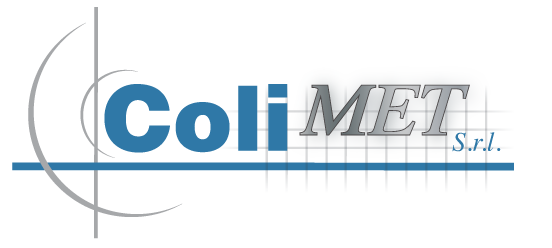Technical Features Electric Arc
The process of metallization Electric Arc (poi AE) was introduced for the first time in Germany in the late 40 da OSU. The deposit produced by the EA has a degree of binding higher than that in flame oxy-acetylene or methane, etc.. The intermolecular cohesion of the sprayed layer is very high and form deposits that are highly resistant to wear and corrosion with no limit of maximum thickness of the deposit. The metallization AE allows the formation of pseudo alloys with excellent anti-friction and sliding simultaneously spraying different materials such as steel or monel. These deposits are sprayed on brake discs, on the levers of change, friction surfaces and machine tools. With the AE is achieved the complete elimination of oxygen gas and realizing substantial savings in energy. The metal to be sprayed is in the form of wires or powders. Compared to dust, the wires have a higher degree of melting and produce a more dense coating. The wires are pushed continuously and uniformly to the contact point (AE) by an air motor or electric whose speed is controlled constantly.
To obtain optimum quality of the coating the wires must scroll at the same speed and occur simultaneously to the EA; uniformity supply depends on the engine that must have a sufficient torque to counter the friction existing in the system starting it from (fusti o bobine) until the EA.
In addition to an excellent operation, the rollers (zigrinati) should have sufficient grip to prevent slippage without deforming the wire. The feed rollers vary according to the properties of the wire: can be metallic or fiber phenolic. These are used for the electrodes of ceramic while those metal are used for the metal wires. Nell'AE energy efficiency is the 63-67% while in the flame only 5-8% dell'energia gas ossigeno. This means a reduction of 69-90% costs of production of the metal wire sprayed.
Further reductions are:
- Shorter working machine
- No preparation of the layer of bond
- Lower costs for security (you are not working gas, no problem of transportation and exchange gas cylinders)
- Best machinability of deposits.
Applications Anticorrosive
The process of metallization is mainly used for electric arc spraying of zinc and aluminum on steel. At the protective barrier of ZN and AL is also added cathodic protection. Zinc is sacrificed in place of steel and iron below even if they are exposed to the elements. This is a major advantage over the paint and other organic coatings that usually fail because they do not prevent the spread and propagation of rust.
The sacrificial coating has the following advantages compared to those organic:
- The duration is longer and more predictable (120u ZN protect at more than 25 years in normal environments)
- The coating thickness can vary according to the needs. The abrasion is excellent. Splinters of the lining of ZN are less likely than paintings.
- No limitation of the pieces to be metallized. In addition, the metallization AE does not cause any distortion, embrittlement or loss of strength of the base metal.
- No additional time for drying. The painting can be started immediately after spraying. This reduces the processing time. In addition, the slight roughness makes the ideal surface for painting.
